Unlike dry food, seafood is highly perishable — seafood packaging is demanded that resists moisture, oxygen, and temperature fluctuations. Zhongjia Printing, an expert flexible seafood packaging manufacturer, can tell that from frozen shrimp to vacuum-sealed salmon fillets, proper packaging doesn’t just extend shelf life; it also builds brand trust and compliance with international food standards.
Seafood Packaging Bag Requirements
These bags need to be oxygen and moisture barrier high, retain seal integrity under refrigerated storage, leak-free, and odor-free. Common packaging forms include vacuum pouches, stand-up pouches, retort bags, and freezer zipper bags. There is a specific use for each form — e.g., vacuum pouches prevent oxidation and ice crystal growth, and retort bags can withstand sterilization heat.
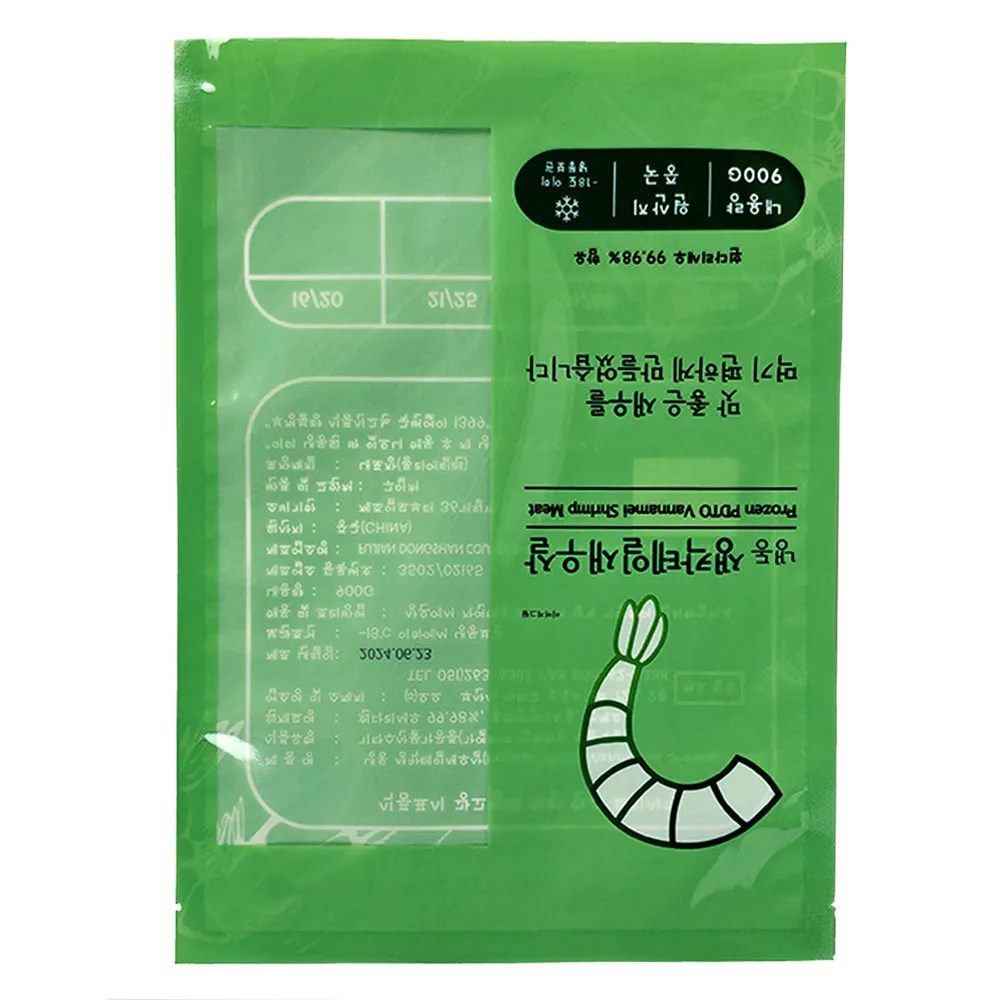
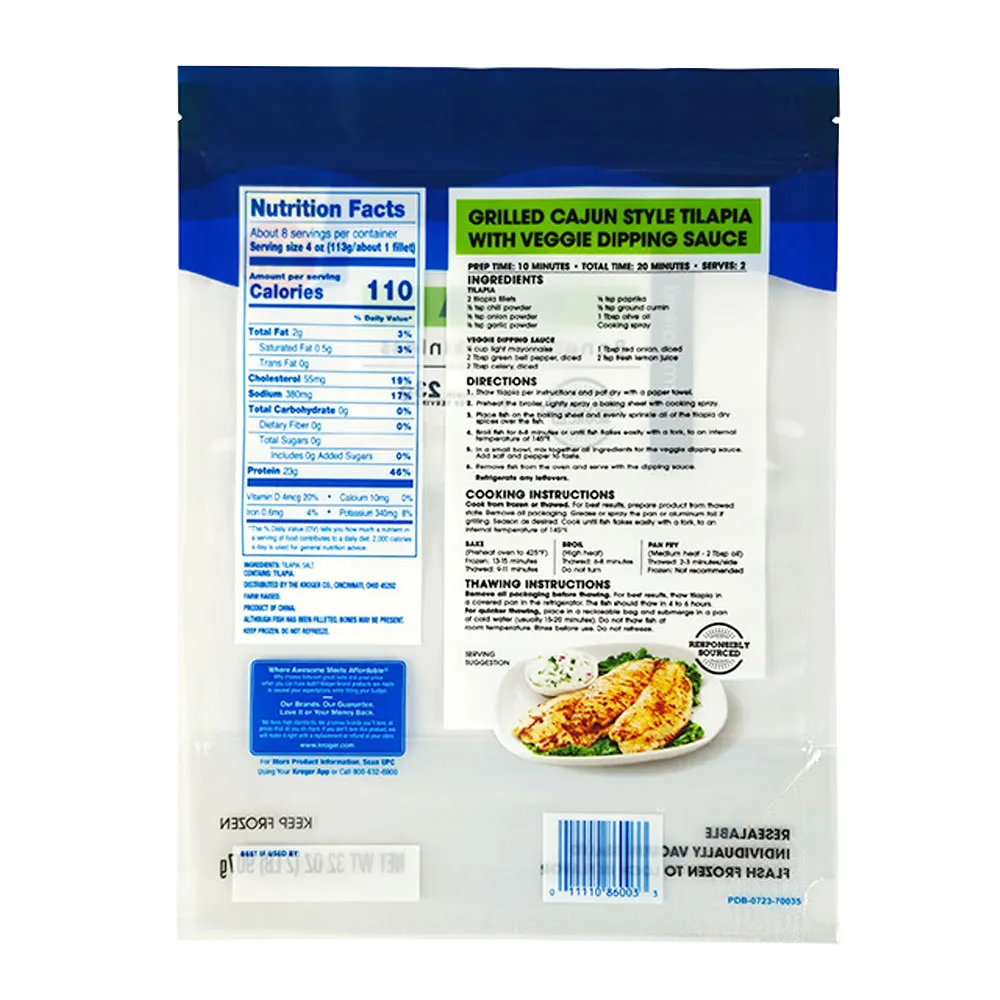
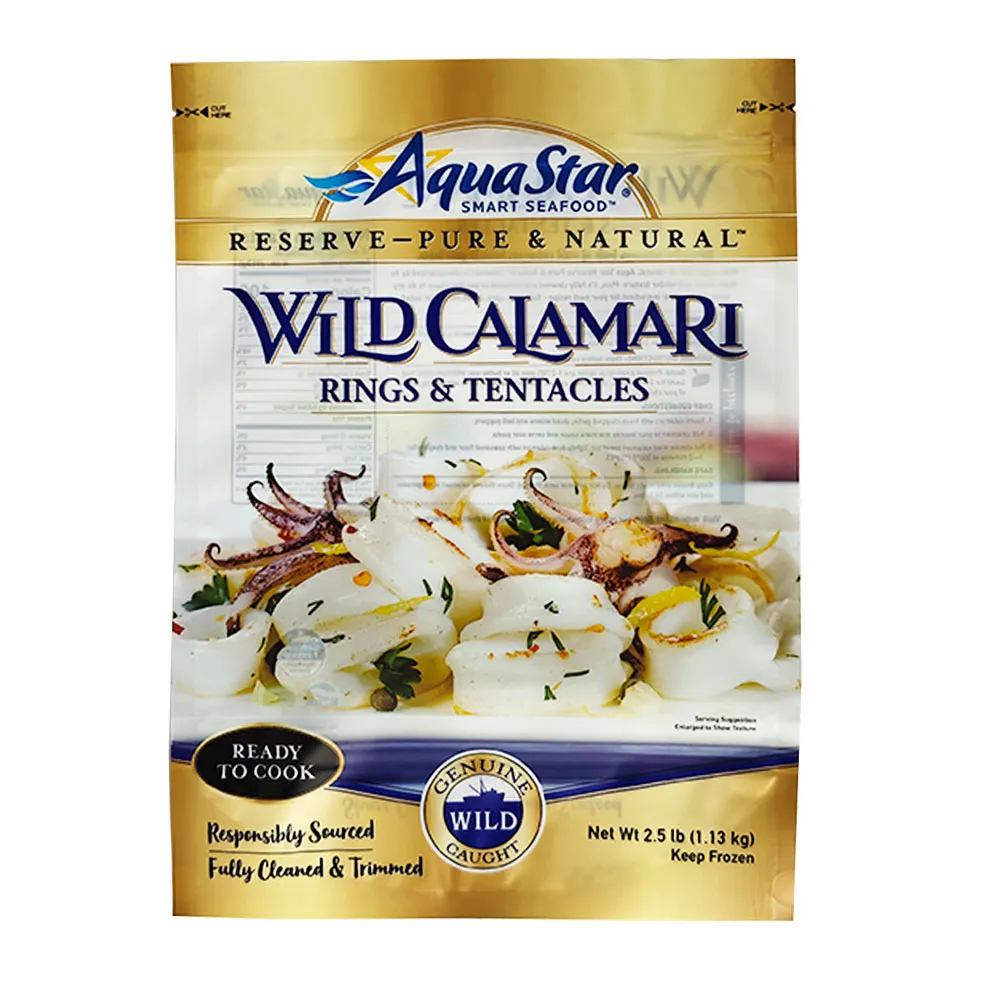
Why Source from China
China is today a global hub for the production of seafood packaging due to its advanced lamination technology, huge production capacity, and well-established supply chains. The majority of Chinese suppliers offer FDA- and EU-approved packaging materials, automated production lines, and flexible customization options — all at competitive prices. To importers and seafood processors, purchasing from China means indulging in reliable quality and extensive varieties of materials and forms suitable for chilled and frozen products.
Evaluating Manufacturer Capabilities
It is better to look for manufacturers that integrate multiple processes — from film extrusion and lamination to printing and pouch-making — under one roof. Because this vertical integration ensures consistency and cost control.
Reputable factories often hold certifications such as ISO 9001, BRC, or HACCP, ensuring traceability and hygiene compliance. During evaluation, requesting samples and testing seal strength, barrier properties (OTR/MVTR), and odor neutrality is necessary. A professional seafood packaging supplier will provide test data and production transparency, not just price quotes.

Key Materials and Technologies Used
High-quality seafood packaging depends heavily on materials and structures. Common options include:
- PA/PE (Nylon + Polyethylene) — for vacuum pouches offering flexibility and high puncture resistance.
- EVOH co-extruded films — delivering superior oxygen barrier for extended shelf life.
- PET/AL/PE structures — ideal for frozen or retort seafood requiring both strength and thermal stability.
- Metallized PET films — balancing barrier performance with aesthetic appeal.
In printing, many suppliers, like Zhongjia Printing, now adopt water-based inks for a more sustainable approach. Reverse printing between film layers ensures that designs remain vibrant and resistant to abrasion — a crucial factor for seafood stored in cold and humid environments.
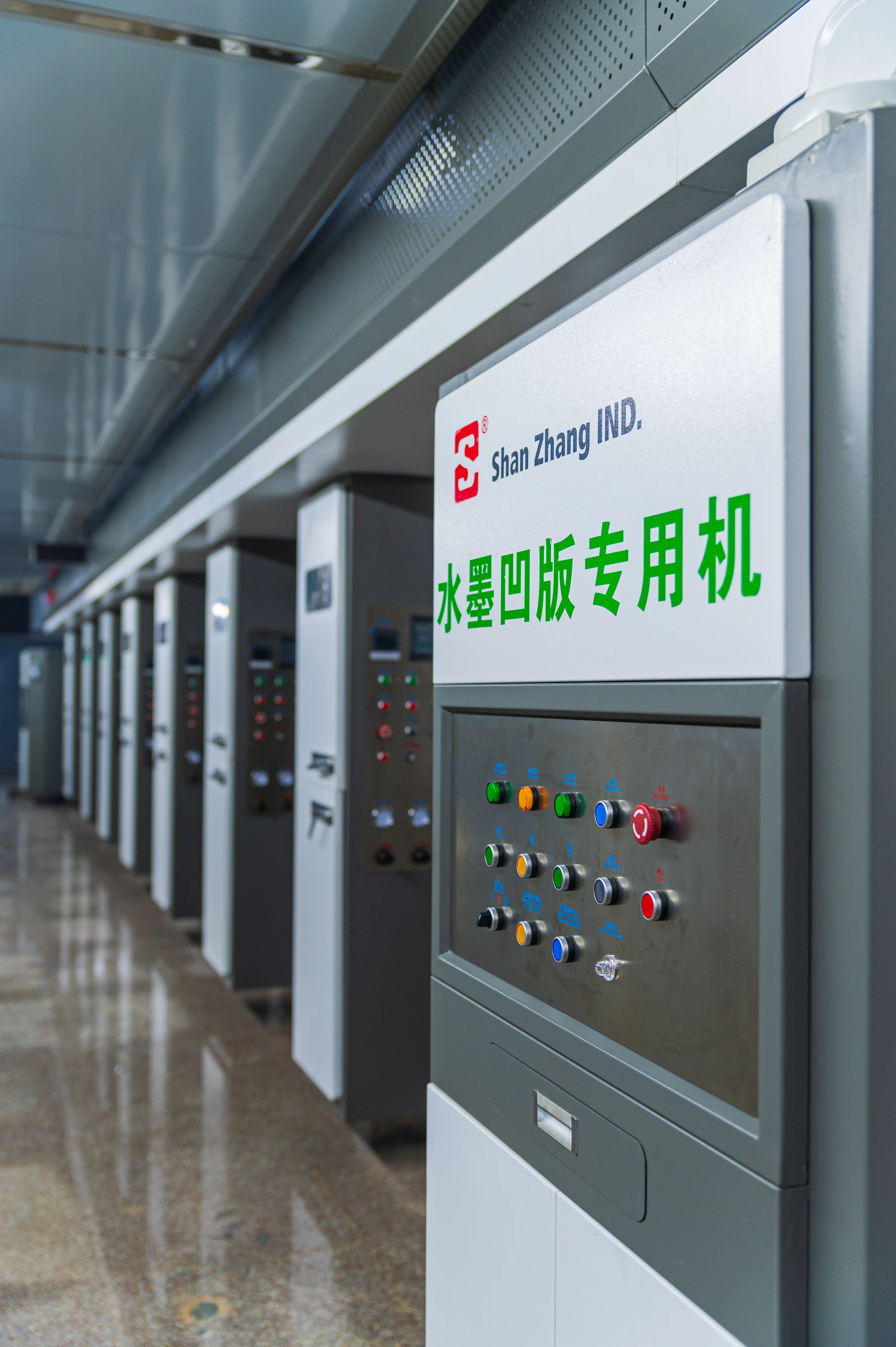
How to Screen and Review Suppliers
It requires systematic research and effort to identify a suitable seafood packaging bag manufacturer. Start with trusted B2B platforms such as Alibaba, Made in China, or Global Resources. Select suppliers who possess good export history, video-verified factories, and open food contact compliance documentation.
Second, evaluate responsiveness and technical expertise. Before material suggestions are made, reliable vendors must inquire about the product type (frozen, refrigerated, steamed), barrier requirement, and shelf life desired. Request samples and find out minimum order quantities, ship time, printability, and package form.
Common Red Flag During Procurement
Although China has numerous reliable suppliers, buyers should still be alert to the following warning signs:
- Extremely low price and no technical data sheet provided – may indicate that the material is non-food grade or recyclable.
- Lack of certification or testing reports.
- Poor communication or refusal of third-party inspection.
To avoid these pitfalls, please only collaborate with seafood packaging suppliers who provide transparency and are willing to share material and quality control details.

Building Long-Term Partnerships
A consistent relationship with your seafood packaging supplier leads to better quality, cost savings, and innovation opportunities. Begin with a small trial batch to validate performance under real cold-chain conditions. Once specifications are confirmed, document all technical parameters — film thickness, seal type, ink type, and storage recommendations.
Long-term cooperation also allows joint development of custom films, unique pouch shapes, or sustainable solutions tailored to your brand. Regular feedback and performance reviews help both sides maintain stable quality and mutual trust.
About Zhongjia Printing
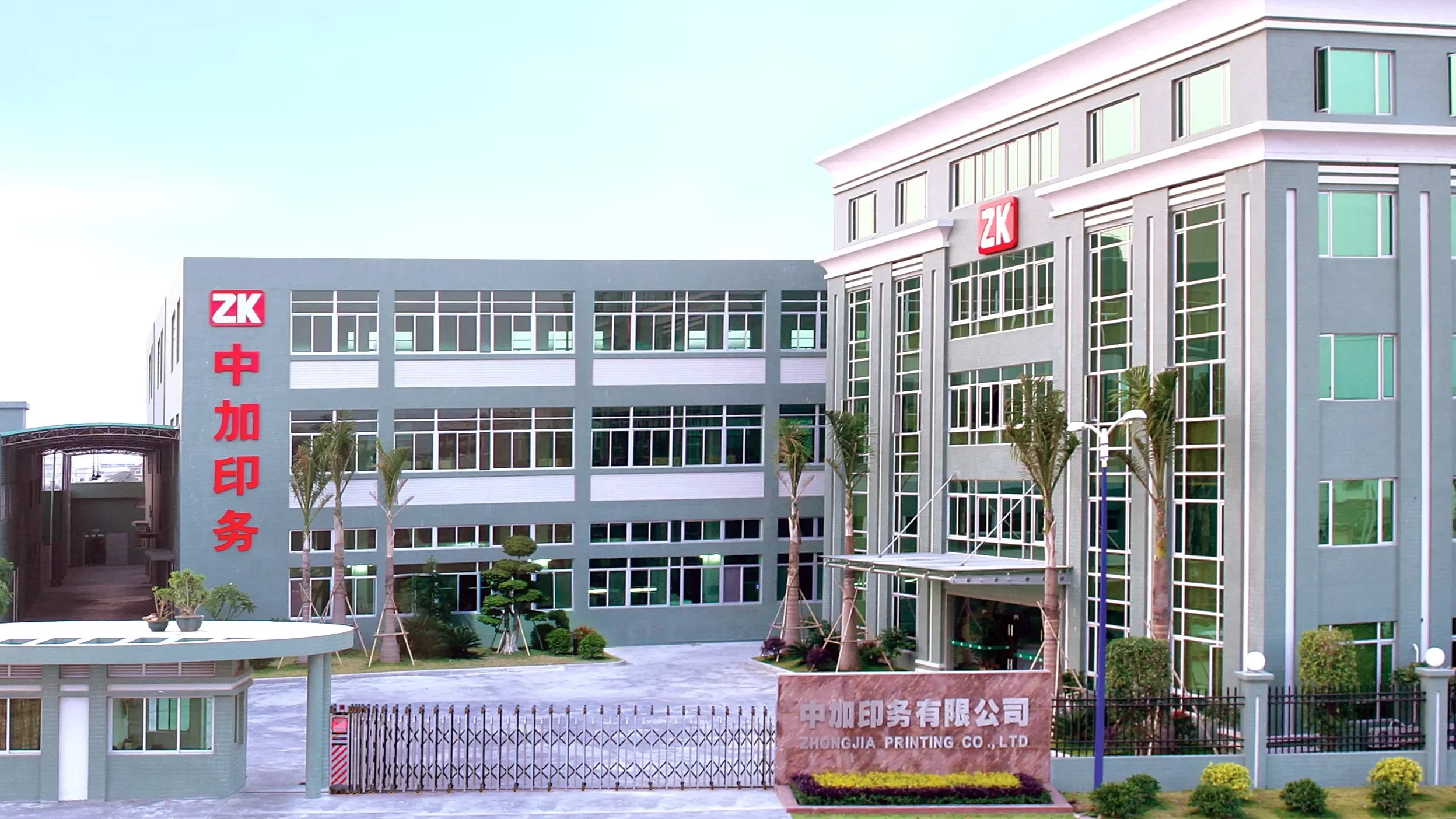
Zhongjia Printing is an expert flexible packaging manufacturer offering custom flexible seafood packaging solutions designed for freshness, safety, and sustainability. Our water-based ink printing technology minimizes chemical emissions while delivering sharp, vibrant visuals that meet global eco-standards.
With efficient production and tailored barrier films, we help seafood brands maintain product integrity and reduce their environmental footprint.
Conclusion
Sourcing seafood packaging bags from China offers global buyers a unique blend of technology, efficiency, and cost advantage.
By carefully evaluating supplier capabilities, focusing on material performance, and prioritizing sustainability, brands can build dependable supply chains and deliver seafood products that remain fresh, safe, and appealing from factory to table.